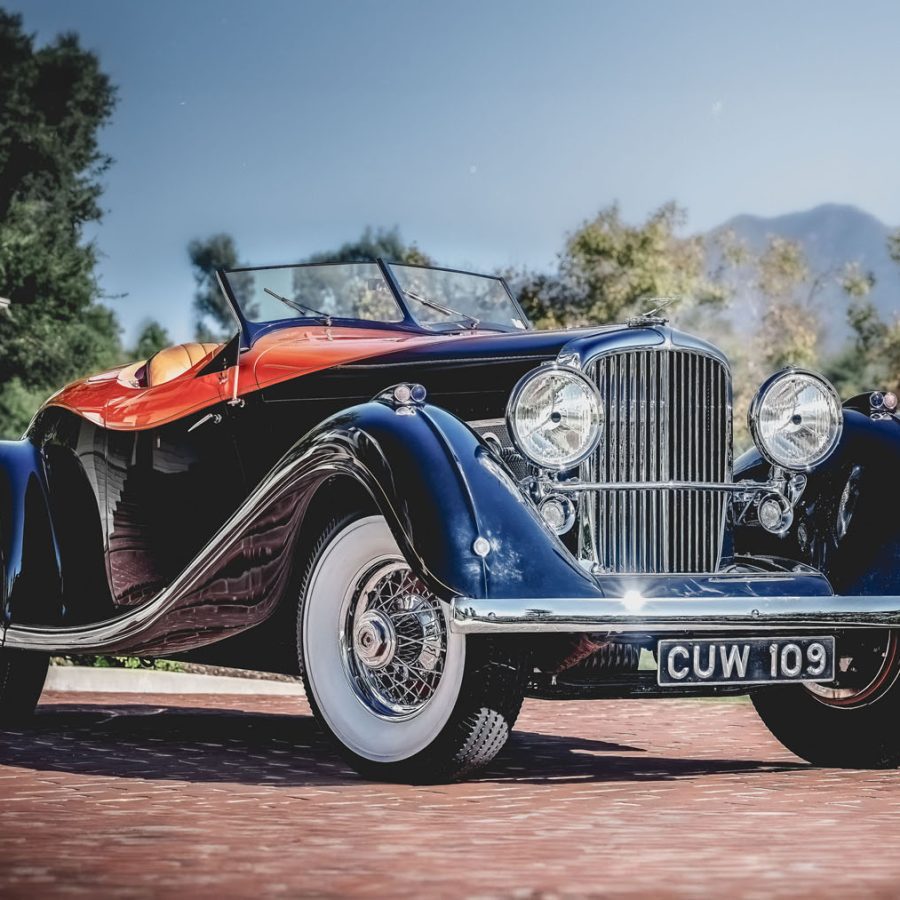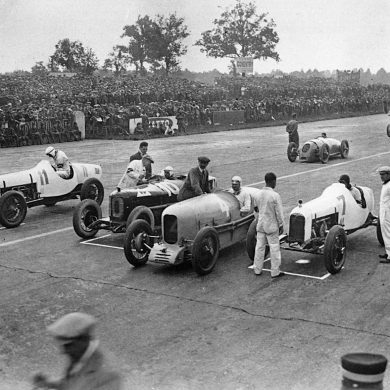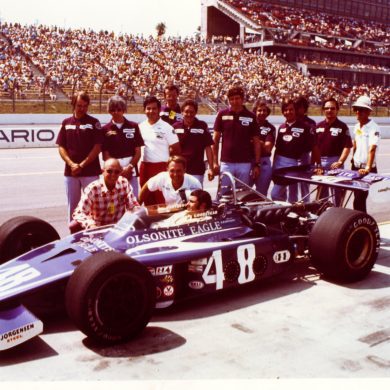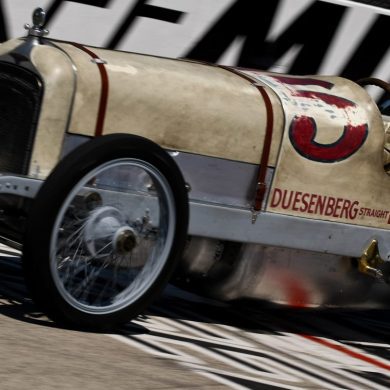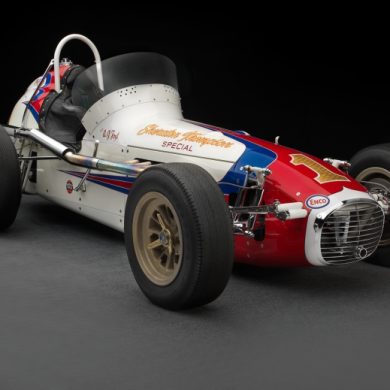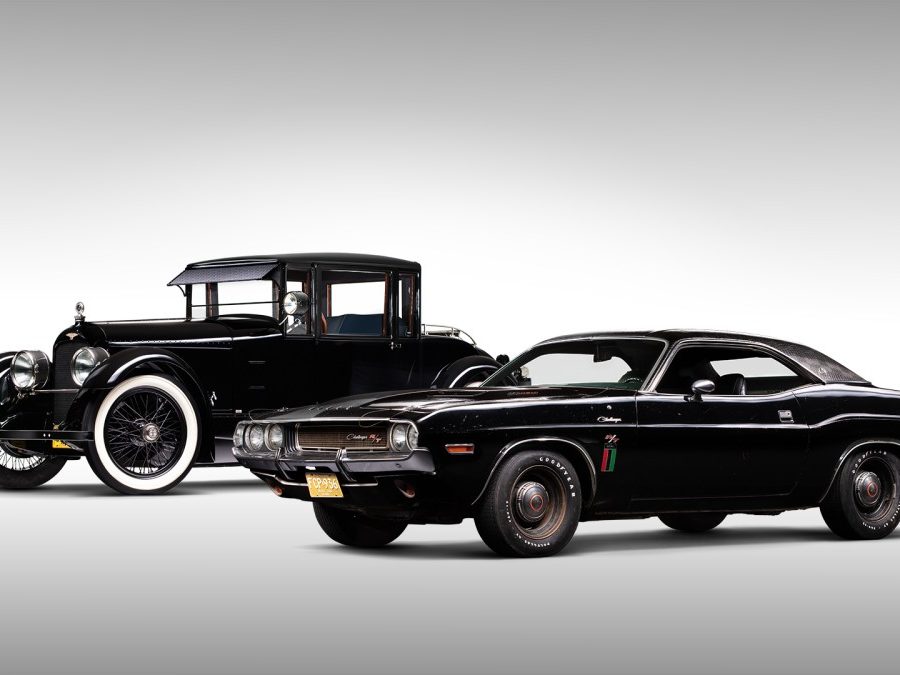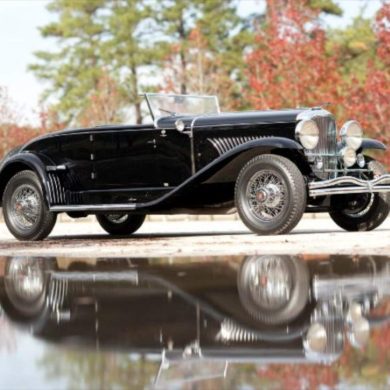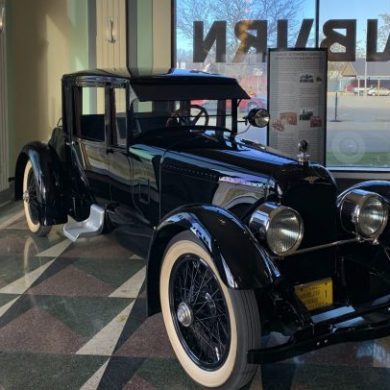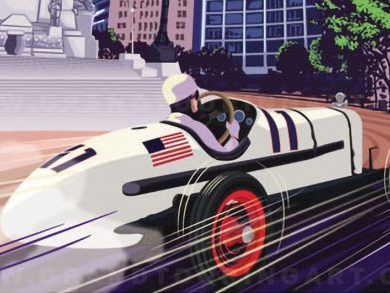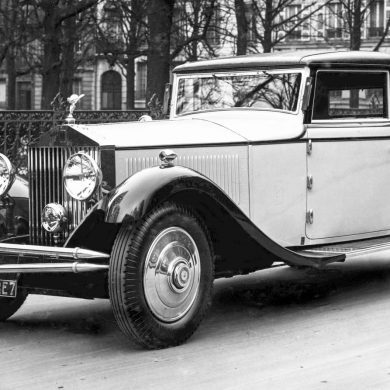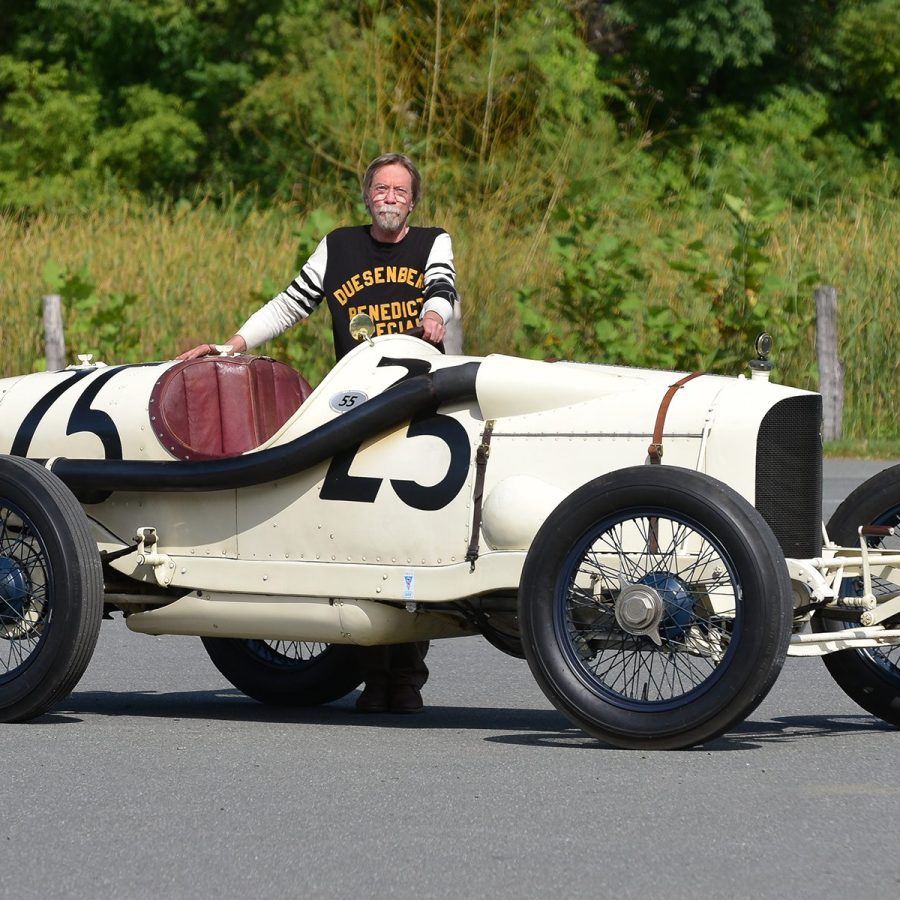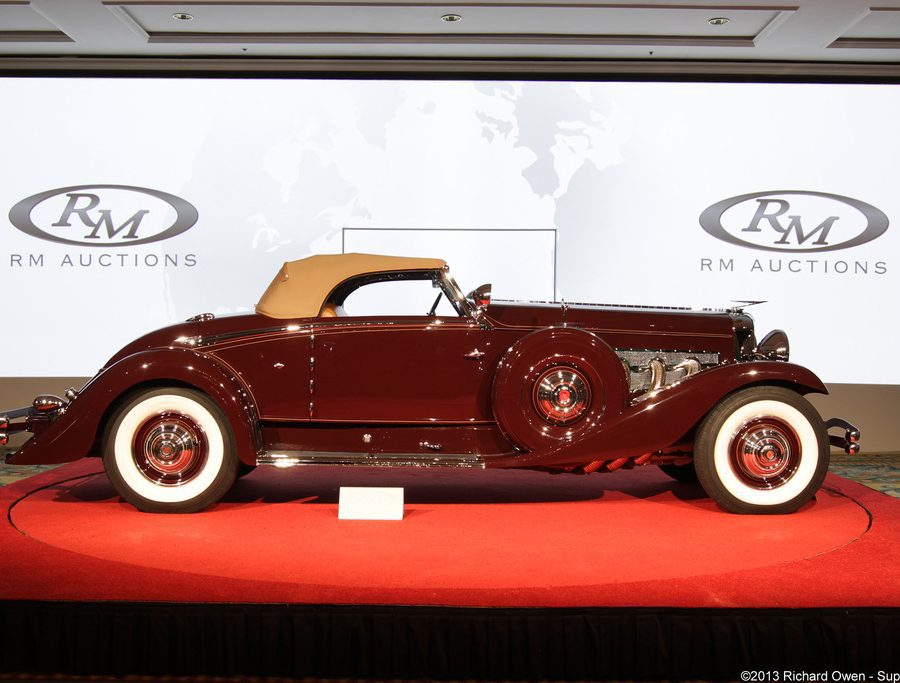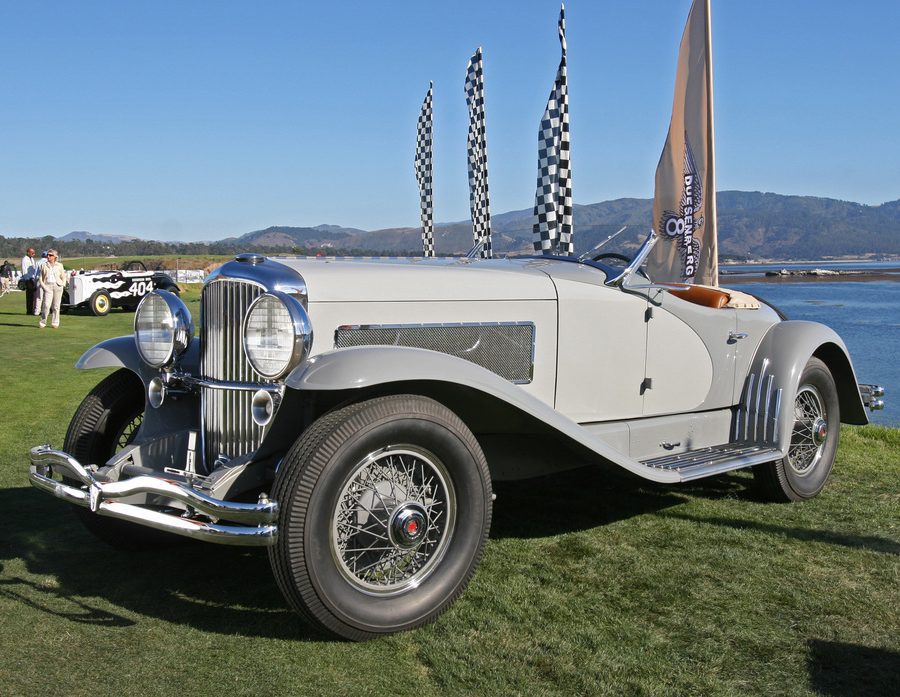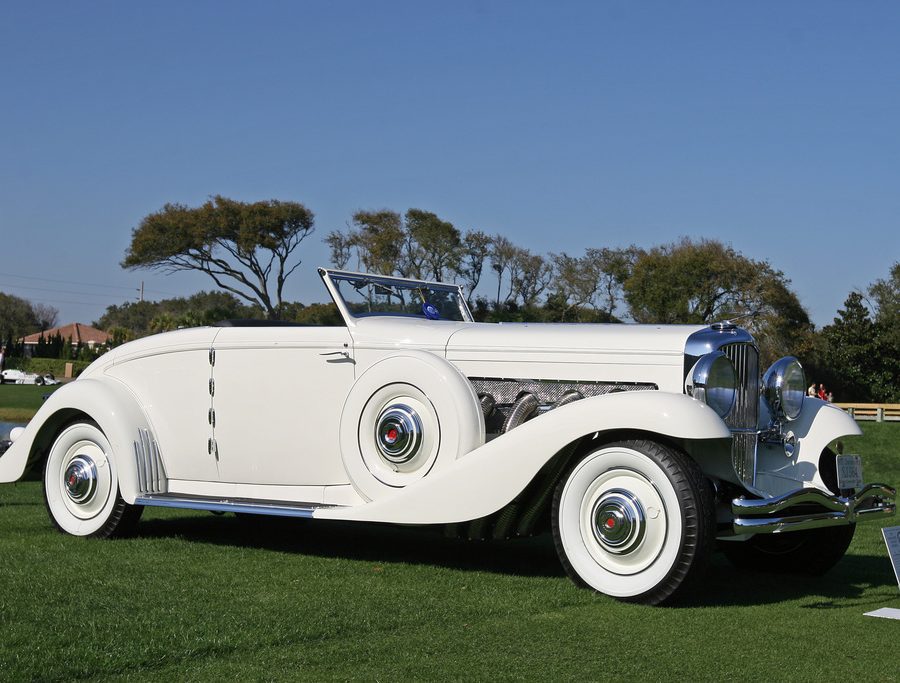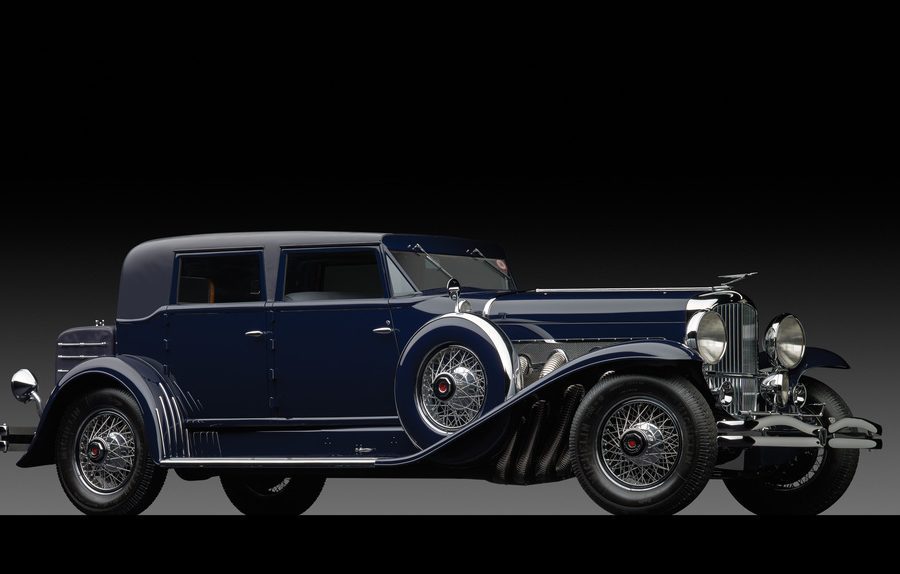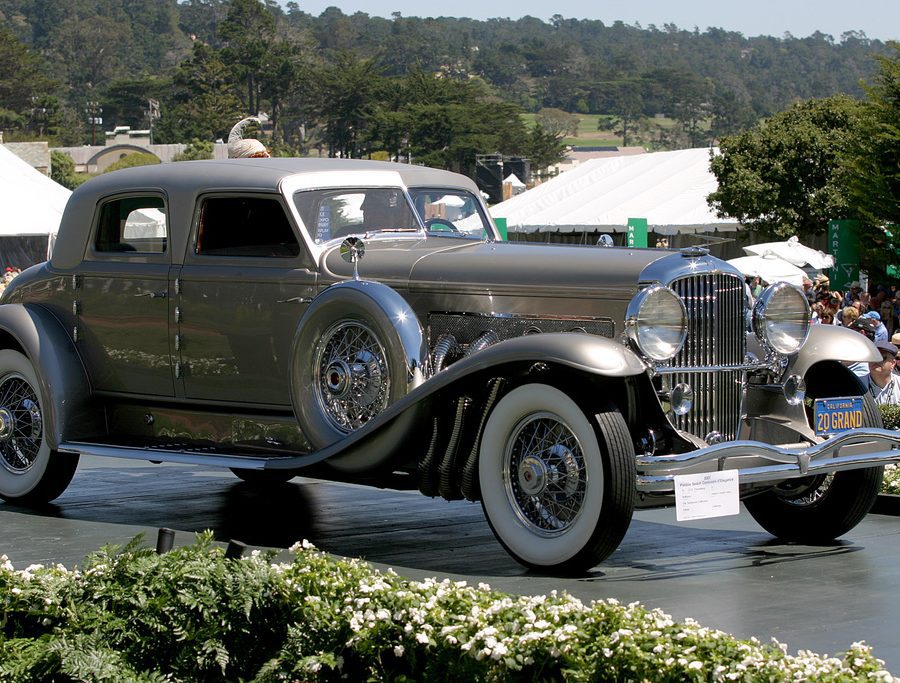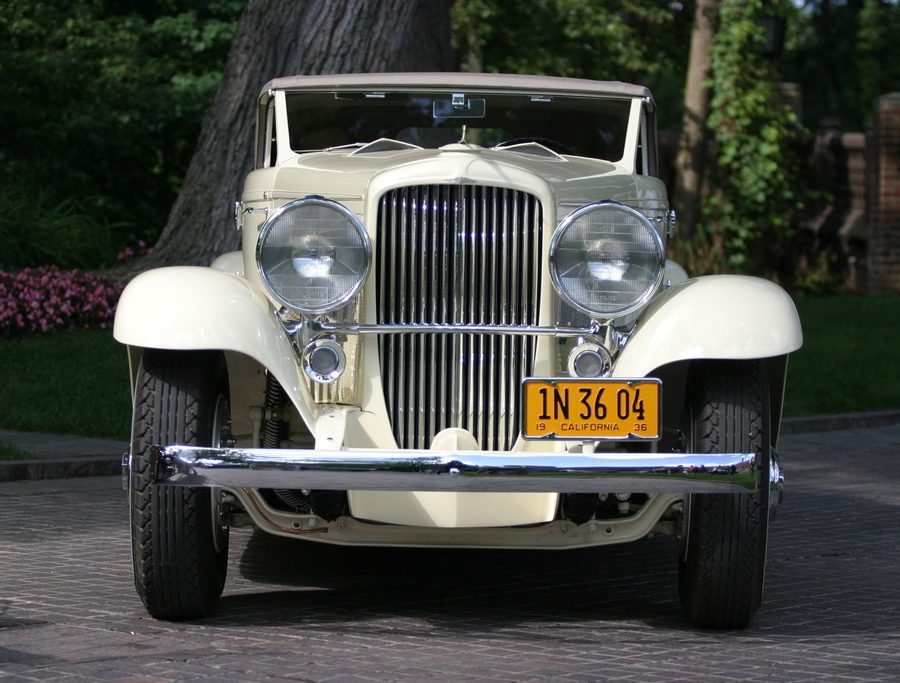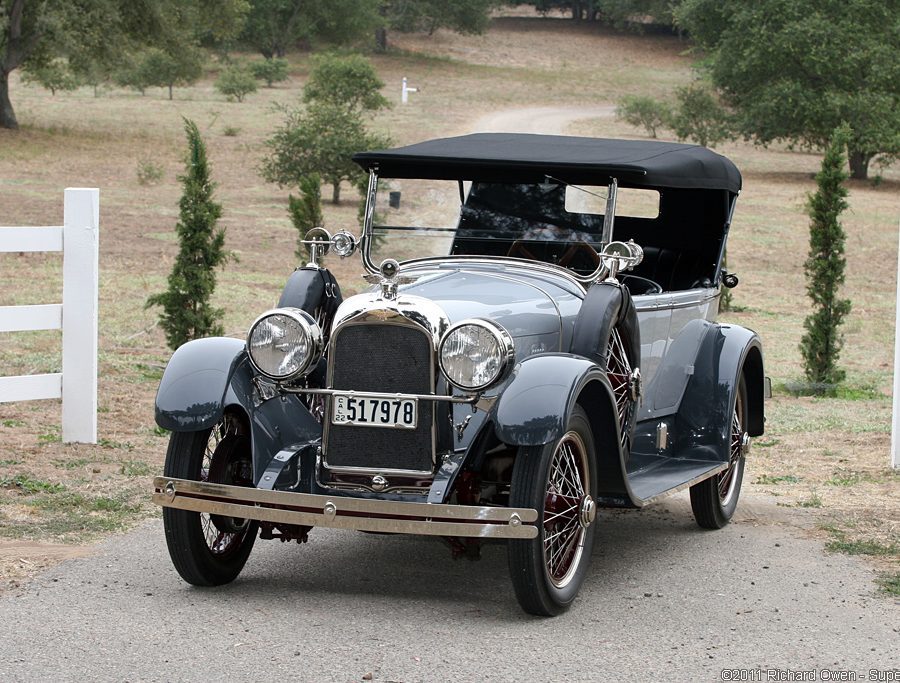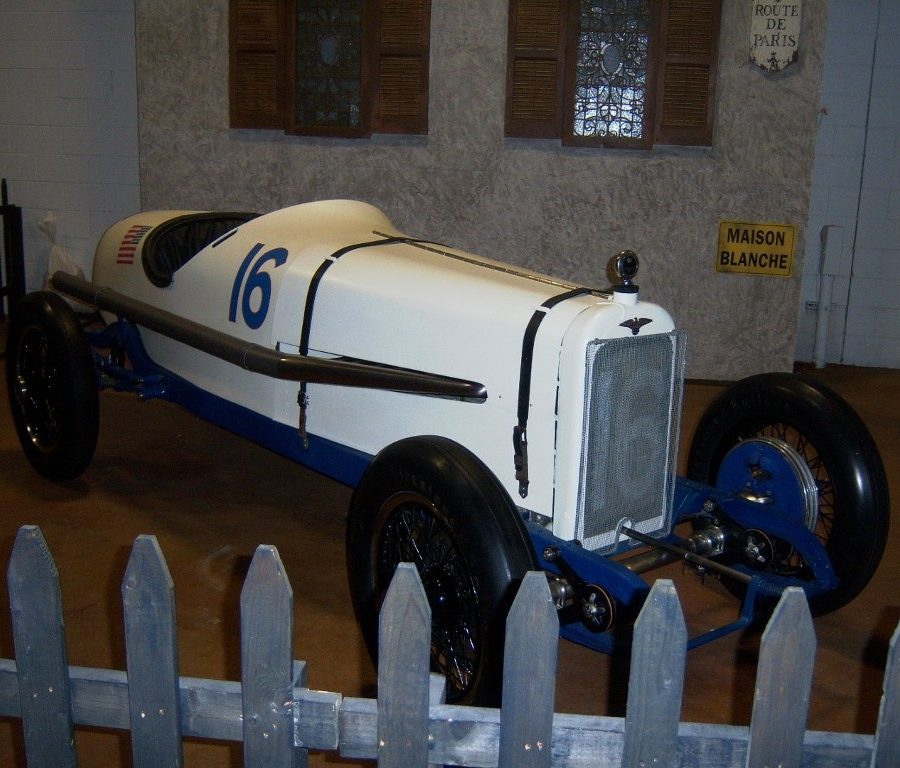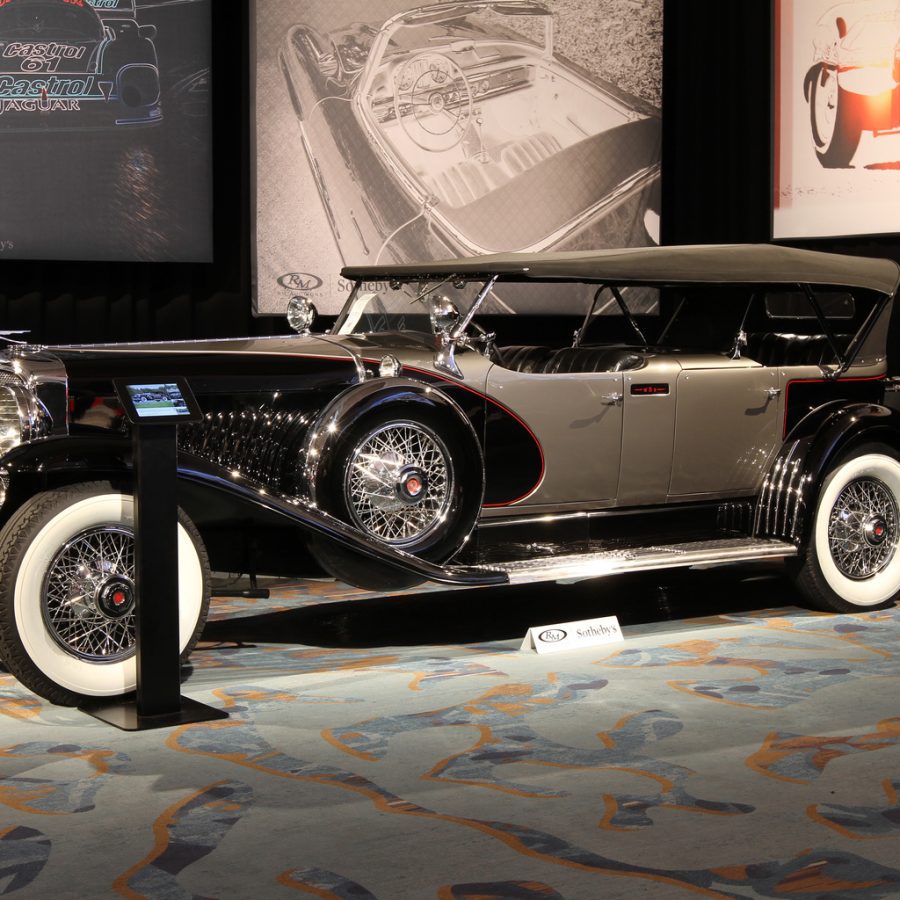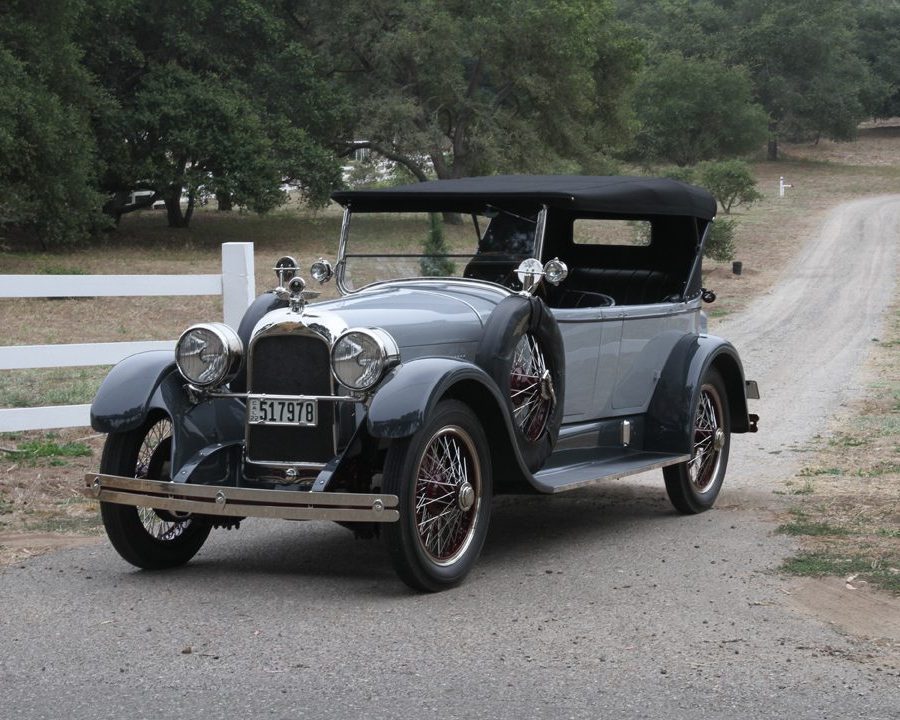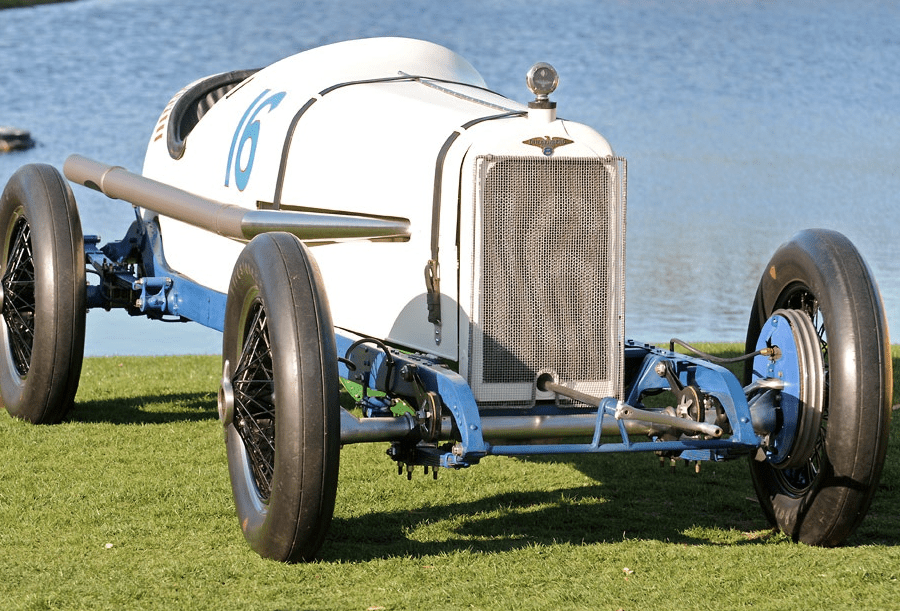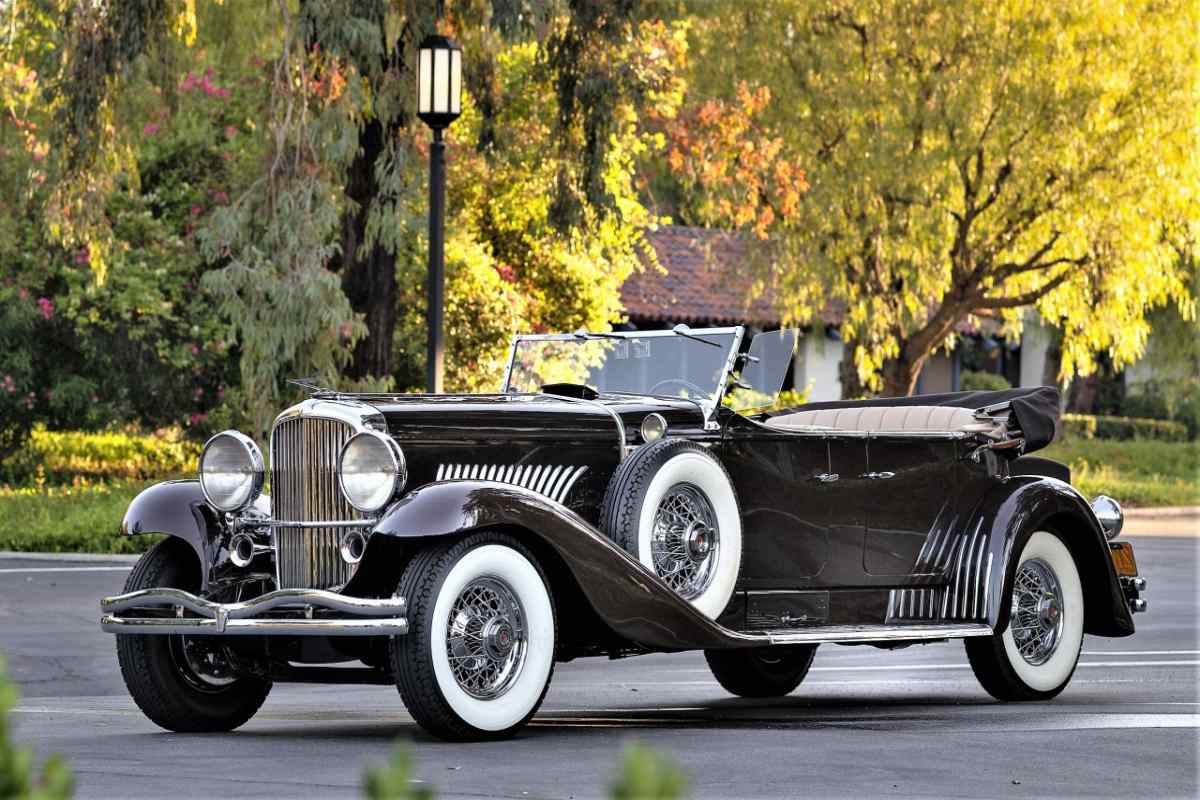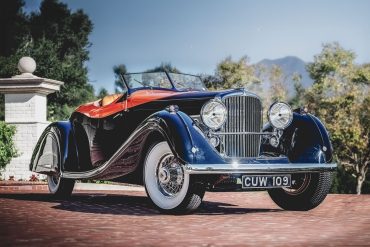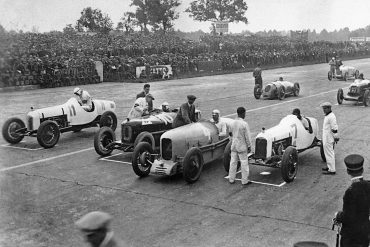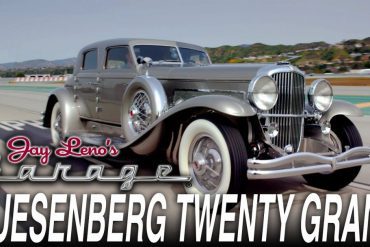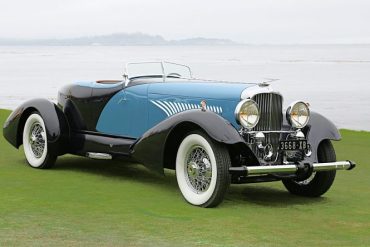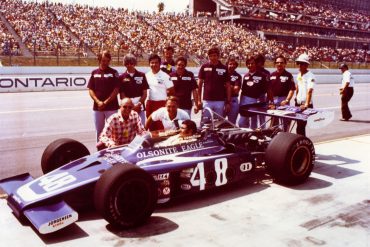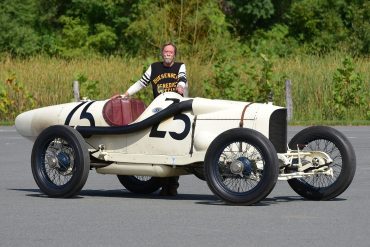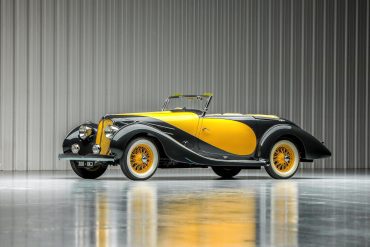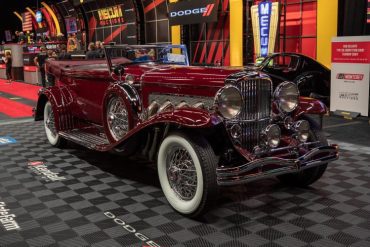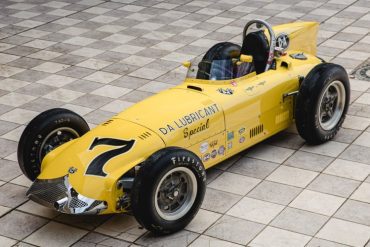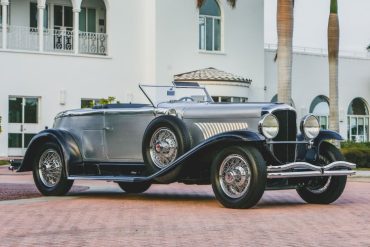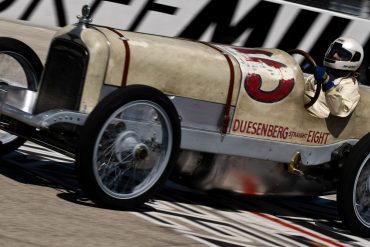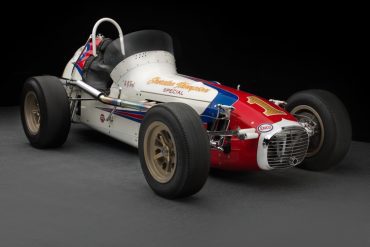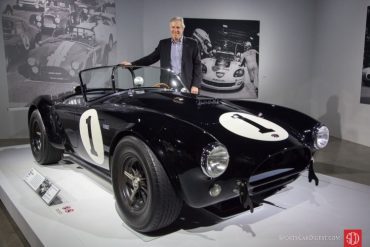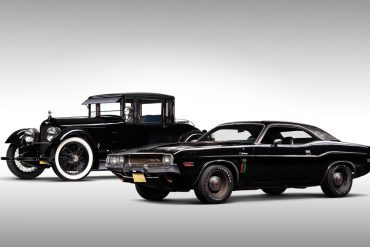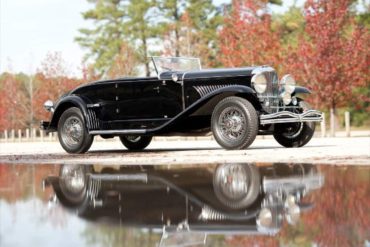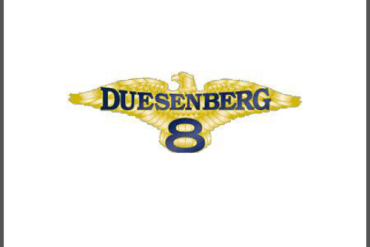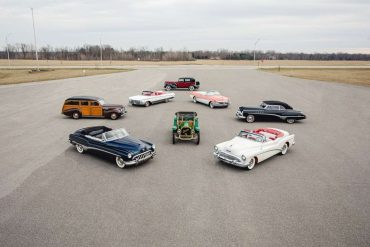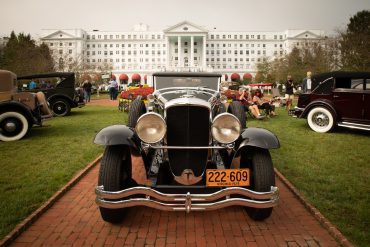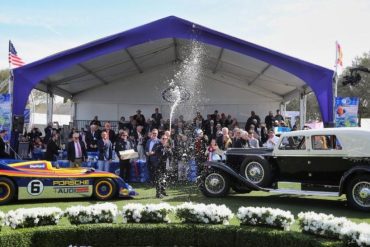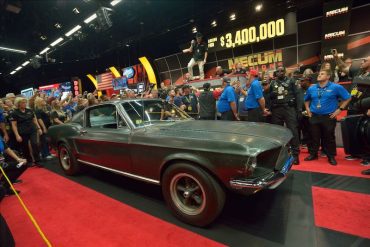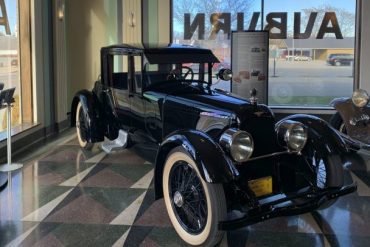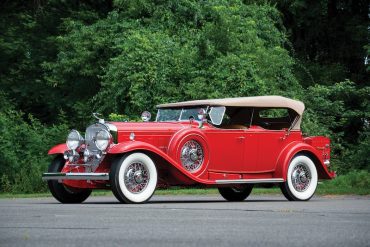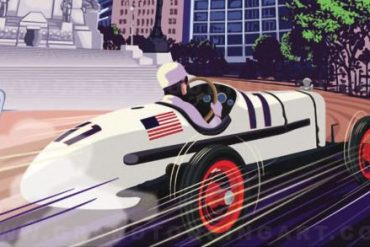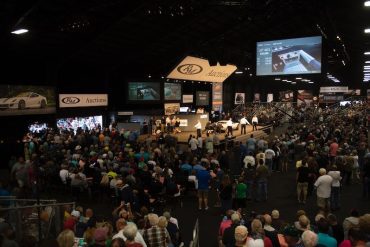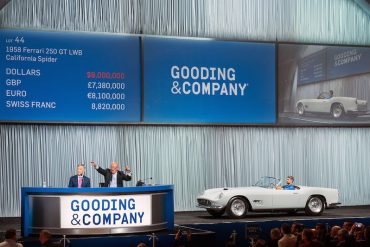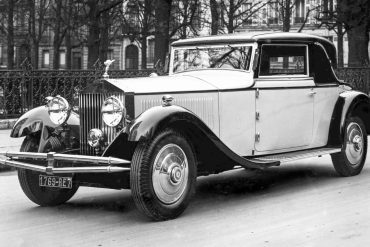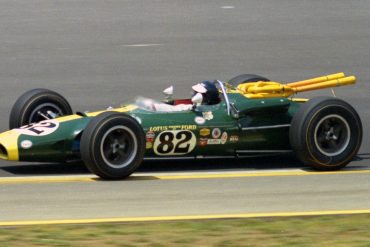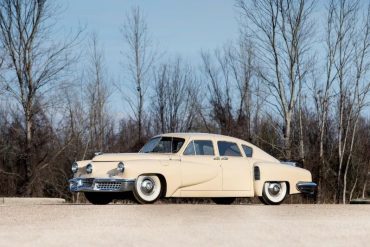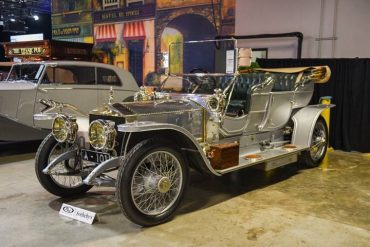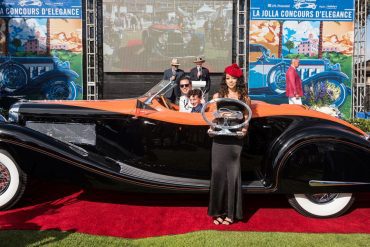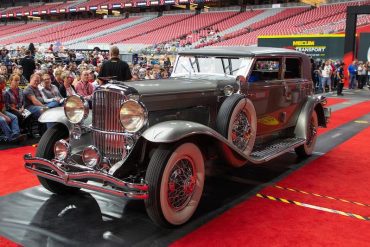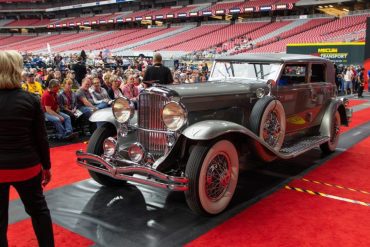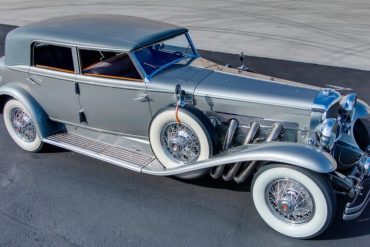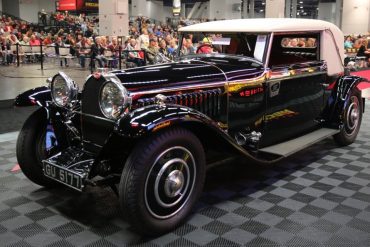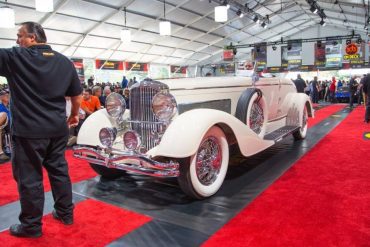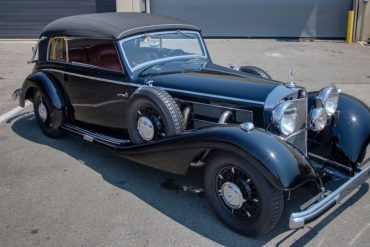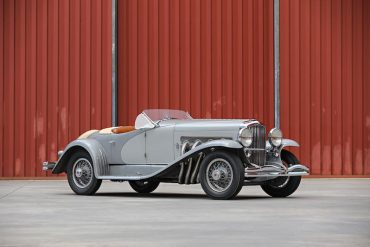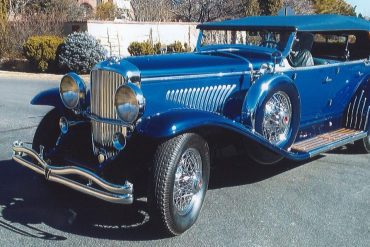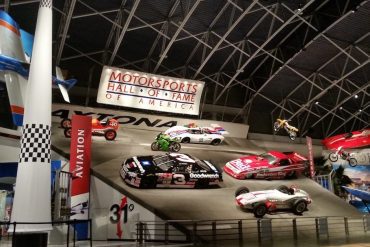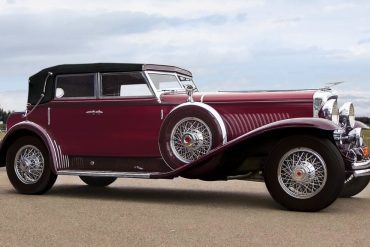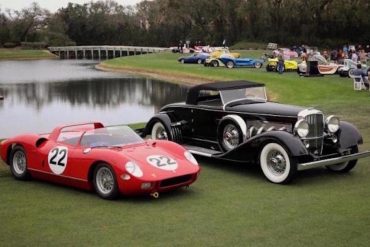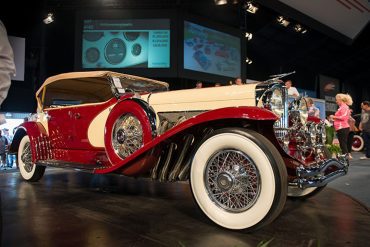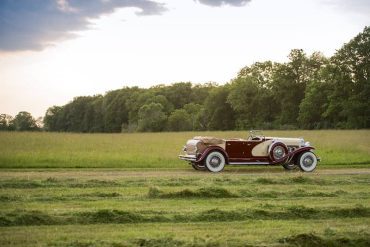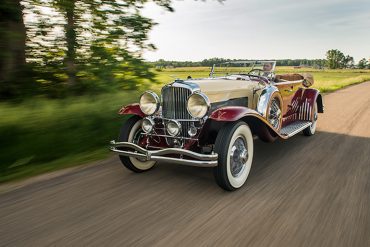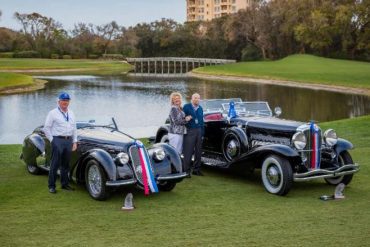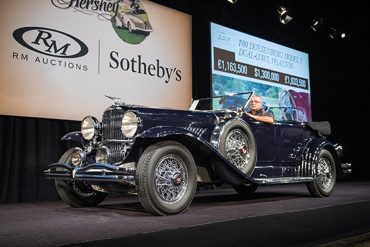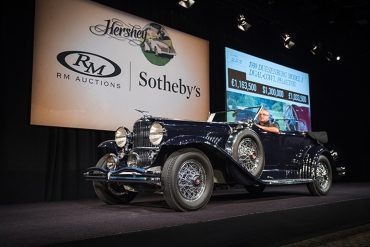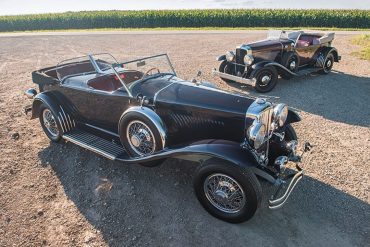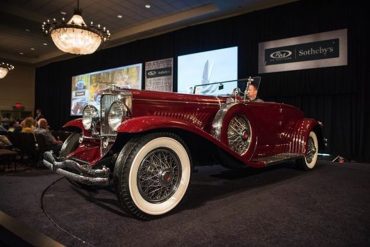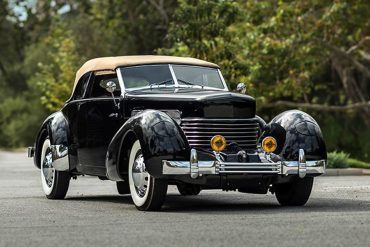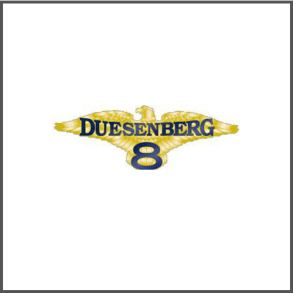
Duesenberg
Research, History, Reviews, Media & More
Introduction / Featured Stories / Model Guides / News & Updates
Duesenberg: The Pinnacle of American Luxury and Automotive Innovation
Duesenberg is an iconic American car manufacturer renowned for producing some of the most luxurious and technologically advanced automobiles of the early 20th century. Founded by two visionary brothers, Fred and August Duesenberg, the company quickly became synonymous with elegance, power, and innovation, setting new standards for what a luxury automobile could be. This post explores the founding of Duesenberg, its illustrious history, the legendary car models it produced, and the milestones that have defined its journey as a symbol of American automotive excellence.
The Founding Vision: The Duesenberg Brothers and the Birth of a Legend
Duesenberg was founded in 1913 by Fred and August Duesenberg, German immigrant brothers who had a passion for engineering and a knack for innovation. The company started in Des Moines, Iowa, initially focusing on building race cars and engines that were known for their reliability and speed. The Duesenberg brothers quickly made a name for themselves in the racing world, and their success on the track laid the foundation for their venture into luxury automobiles.
By the early 1920s, the brothers shifted their focus to building high-performance luxury cars that combined their engineering expertise with an unparalleled level of craftsmanship. This shift marked the beginning of Duesenberg’s rise as a leading luxury car manufacturer, catering to America’s elite.
The Evolution of Duesenberg: A History of Innovation and Luxury
Duesenberg’s journey from a small racing car builder to a symbol of American luxury is marked by several key developments and iconic car models:
Early Success with Race Cars and Engineering Excellence (1910s-1920s):
The Duesenberg brothers initially gained fame for their race cars and engines, which were highly successful in the competitive racing circuits of the early 20th century. Duesenberg-powered cars won numerous races, including the prestigious Indianapolis 500 in 1922, 1924, and 1925, establishing the brand’s reputation for engineering excellence and reliability.
This racing pedigree set the stage for Duesenberg’s transition to luxury car manufacturing, where the same principles of performance and innovation were applied to create some of the most advanced automobiles of their time.
The Duesenberg Model A: A New Standard in Luxury (1921):
In 1921, Duesenberg introduced its first production car, the Model A, which was one of the first cars in the world to feature hydraulic brakes. The Model A was a technological marvel for its time, boasting a 4.3-liter straight-eight engine, overhead camshafts, and a host of other advanced features. The car set a new standard for luxury and performance in the American automotive market.
The Model A’s success paved the way for Duesenberg’s future as a luxury car manufacturer, attracting the attention of wealthy clients who desired both performance and elegance in their automobiles.
The Duesenberg Model J: The Ultimate American Luxury Car (1928):
The Duesenberg Model J, introduced in 1928, is widely regarded as one of the greatest cars ever built. With its powerful 6.9-liter straight-eight engine producing 265 horsepower, the Model J was the most powerful and advanced American car of its time. The car could reach speeds of up to 119 mph (191 km/h), an astonishing feat for the era.
The Model J was more than just a car; it was a statement of wealth and status. Customers could purchase the Model J as a bare chassis and then commission bespoke bodies from some of the most renowned coachbuilders, such as Murphy, LeBaron, and Derham, ensuring that each Model J was a unique masterpiece.
The Supercharged SJ and SSJ Models: Unmatched Power and Exclusivity (1930s):
In the 1930s, Duesenberg introduced the supercharged versions of the Model J, known as the SJ and the ultra-rare SSJ. The SJ featured a supercharged version of the straight-eight engine, boosting power output to 320 horsepower, making it one of the fastest and most powerful cars in the world.
The SSJ models were even more exclusive, with only two units ever built. These cars were specially made for Hollywood legends Clark Gable and Gary Cooper, further cementing Duesenberg’s reputation as the ultimate status symbol for the rich and famous.
Iconic Models and Coachwork: The “Twenty Grand” and More (1933):
One of the most famous Duesenberg cars ever built was the "Twenty Grand," a bespoke Model SJ created for the 1933 Chicago World’s Fair. Named for its price tag of $20,000—an astronomical sum at the time—the "Twenty Grand" featured a stunning silver body, luxurious interior, and cutting-edge technology. It remains one of the most iconic examples of Duesenberg’s craftsmanship and innovation.
Other notable models include the Derham-bodied Convertible Sedan and the LeBaron-bodied Dual-Cowl Phaeton, each representing the pinnacle of custom coachwork and luxury.
Special Milestones and Achievements
Throughout its history, Duesenberg achieved several significant milestones and made lasting contributions to the automotive world:
First Production Car with Hydraulic Brakes: The Duesenberg Model A was the first production car to feature hydraulic brakes, a groundbreaking innovation that significantly improved safety and braking performance.
Setting New Standards for Power and Performance: The Duesenberg Model J and its supercharged variants set new benchmarks for power and speed in the luxury car market, with the SJ and SSJ models being some of the fastest production cars of their time.
Racing Pedigree and Engineering Excellence: Duesenberg’s success on the race track, including multiple wins at the Indianapolis 500, demonstrated the brand’s commitment to engineering excellence and innovation, helping to build its reputation as a leader in high-performance automobiles.
A Symbol of American Luxury and Status: Duesenberg cars were owned by some of the most prominent figures of the era, including Hollywood stars, industrialists, and royalty. The brand’s emphasis on bespoke craftsmanship and exclusivity made it the ultimate status symbol for the wealthy elite.
The Enduring Legacy of Duesenberg
Duesenberg’s legacy is one of luxury, innovation, and a relentless pursuit of automotive excellence. From its early days as a racing car manufacturer to its status as the maker of the most luxurious and advanced cars of its time, Duesenberg set new standards for what a luxury automobile could be. Today, Duesenberg is remembered not only for its contributions to early automotive engineering but also for its influence on the luxury car market and its enduring status as a symbol of American ingenuity and elegance.
Although the company ceased operations in 1937 due to the economic impact of the Great Depression, its legacy continues to be celebrated by collectors, historians, and automotive enthusiasts who appreciate the quality, craftsmanship, and innovation that defined Duesenberg cars. The brand’s emphasis on power, elegance, and technological advancement has left a lasting impact on the automotive world and continues to inspire new generations of car enthusiasts.
Duesenberg Basics
Predecessor: Duesenberg Motors Company (1913–1919)
Founded: Indianapolis, Indiana, U.S. (1920)
Founders: August Duesenberg, Fred Duesenberg
Defunct: 1937
Fate: Dissolved
Headquarters: Auburn, Indiana, U.S.
Key people: August Duesenberg (co-founder), Fred Duesenberg (co-founder), Errett Lobban Cord (owner from 1926 to 1937)
Did You Know
Duesenberg was founded by Fred and August Duesenberg, German immigrant brothers who initially started out as bicycle builders and later became pioneers in automotive engineering. The company was established in 1913 in Des Moines, Iowa, before moving to Auburn, Indiana.
The phrase "It’s a Duesy" originated from Duesenberg cars, referring to something extraordinary or remarkable. The saying became popular in American slang, highlighting the brand's reputation for producing exceptional and prestigious vehicles.
Duesenberg was among the first American car manufacturers to use a straight-eight (inline-eight) engine, which was considered revolutionary at the time. The Duesenberg Model J, introduced in 1928, featured a powerful 6.9-liter straight-eight engine, which produced up to 265 horsepower, making it one of the most powerful cars of its era.
Duesenberg cars were not only known for their luxury but also for their racing pedigree. The company’s racing cars achieved significant success, including victories at prestigious events like the Indianapolis 500. In fact, Duesenberg cars won the Indianapolis 500 three times—in 1922, 1924, and 1925—cementing their reputation for speed and engineering excellence.


